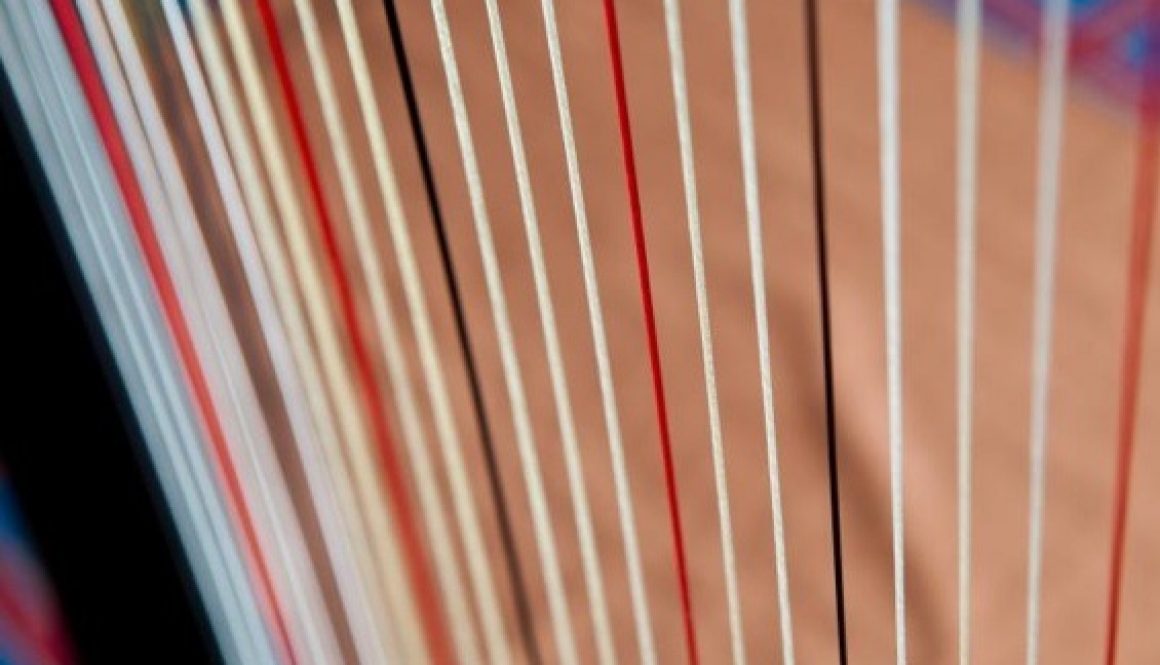Open Tuning

Guitar tunings can be broken down into three basic categories: Standard tuning, Open Tuning and Alternate Tuning.
In open tuning, the guitar’s six strings are tuned to the notes of a single, easily identified chord, so that when you strum the six open strings, you play that chord. “Easily identified” is important because when you think about it, it’s possible to identify almost any group of notes as a chord. The notes of standard tuning (E, A, D, G and B), for example, could be thought of as an A11 chord (which is made of A, C#, E, G, B and D) or a G 6/9 or an Em11.
But that’s way too complicated for the purpose of simply identifying an open tuning. Typically, open tunings are made of simple major, minor and seventh chords. More often than not you will come across major chords, as open G, open D, open C, open E and open A tend to be the open tunings most frequently used.
Open G (which means that your guitar is going to be playing a G chord when you strum all six open strings) is used a lot by slide guitarists and blues players and it also fairly easy to learn as three of the guitar’s strings – D, G and B – remain the same. Usually a guitarist will use this tuning (low to high) for open G:
D G D G B D
The E strings (low and high) are tuned down one whole step to D. The A string is tuned down a whole step to G. That’s about as easy as it gets! This particular tuning is also a favorite of Keith Richards, who goes a step further and often removes the sixth string of his guitar so that the G (that used to be the A string) is the lowest note. You can get a bit of a tutorial on this tuning in our lesson on the Rolling Stones’ song, Happy.
It’s important to realize that there are often many ways to tune your guitar for any single open tuning. For instance, since the G major chord is made of the notes G, B and D, it’s also possible to create an open G tuning in this fashion:
G B D G B D
Here the low E string is tuned up to G and the A string is tuned up to B, while the high E (first) string is tuned down to D as with the previous open G tuning. This particular open G tuning is used a lot by dobro players, especially those who play bluegrass music.
Open D is probably the second most used open tuning. More often than not, one tunes to open D like this:
D A D F# A D
Again, both E strings are tuned down a whole step to D, the B string is also tuned down a whole step, making it an A. Finally, the G string is tuned down a half-step to F#.
Lowering each of these six strings down a whole step would give you open C tuning:
C G C E G C
Although you could also make a different version of open C by tuning your strings this way:
C G C G C E
One thing to remember about any open or alternate tunings is that it’s always better to tune down than up if you can. For instance, the tuning for both open A:
E A E A C# E
And open E:
E B E G# B E
Involve tuning several string up a full step. That puts a lot of stress on your guitar. You could just as easily get open A by tuning to open G and then placing a capo on your second fret. Likewise, putting a capo on the second fret after you’ve tuned to open D gives you open E tuning.
For a lot more detailed look at open tunings (not to mention some great examples), check out our two-part tutorial here at Guitar Noise. Start with Look Ma No Hands and then move on to Here There Be Monsters.
Also be sure to take in our many song lessons that involve open tunings, such as Bob Dylan’s Simple Twist of Fate and Buckets of Rain (both in open D – or open E, depending on if you use a capo or not) and Coldplay’s God Put A Smile Upon Your Face (in open C#, of all things!).
Peace
